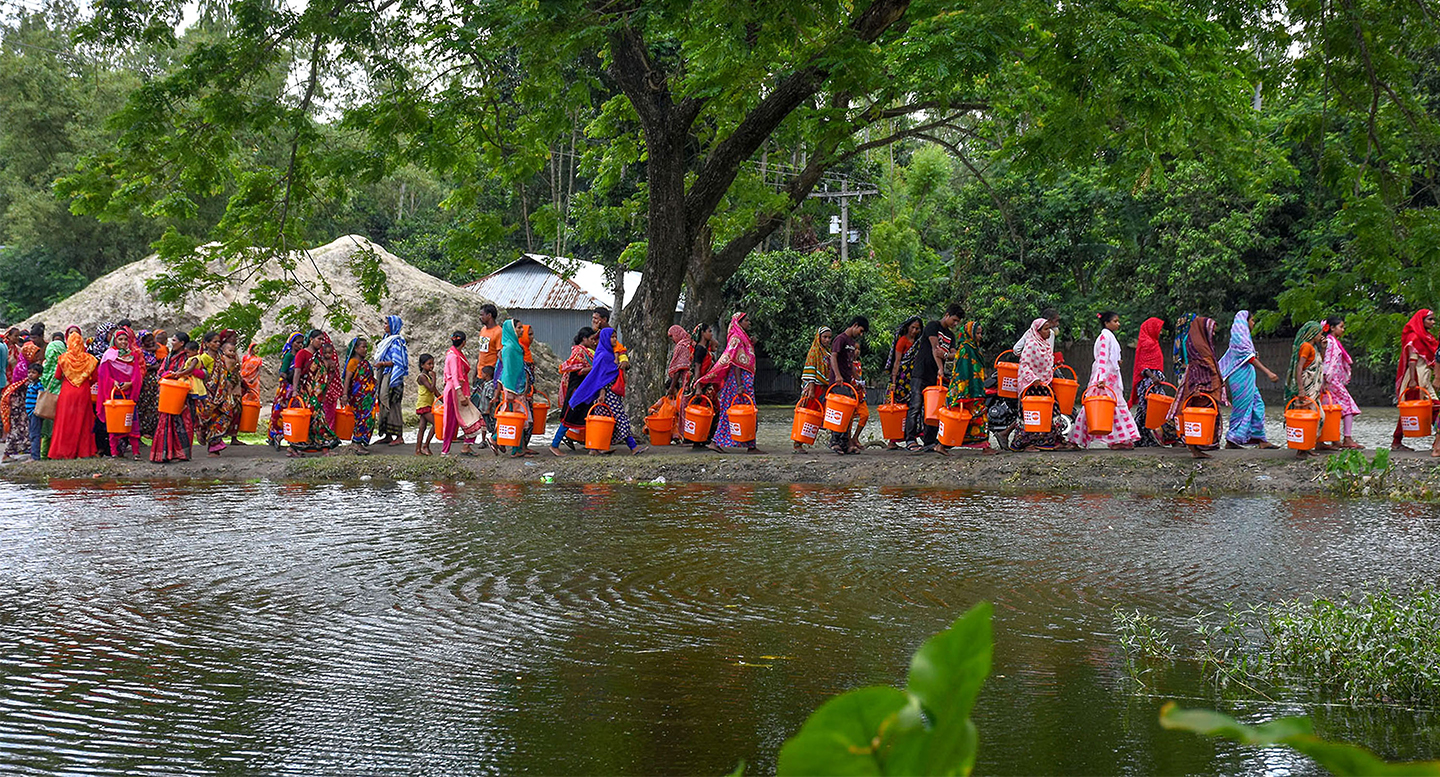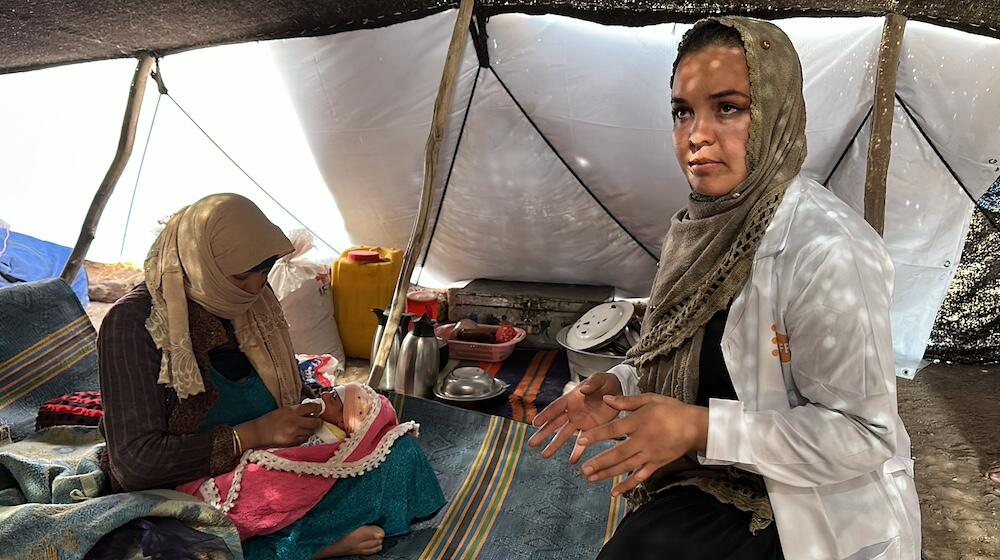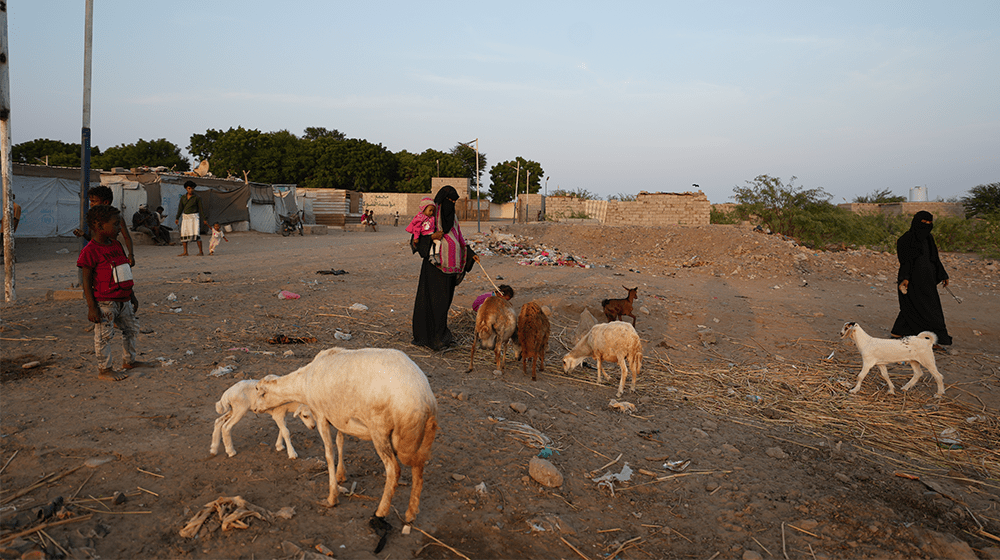
5 things women and girls demand of the COP28 climate summit
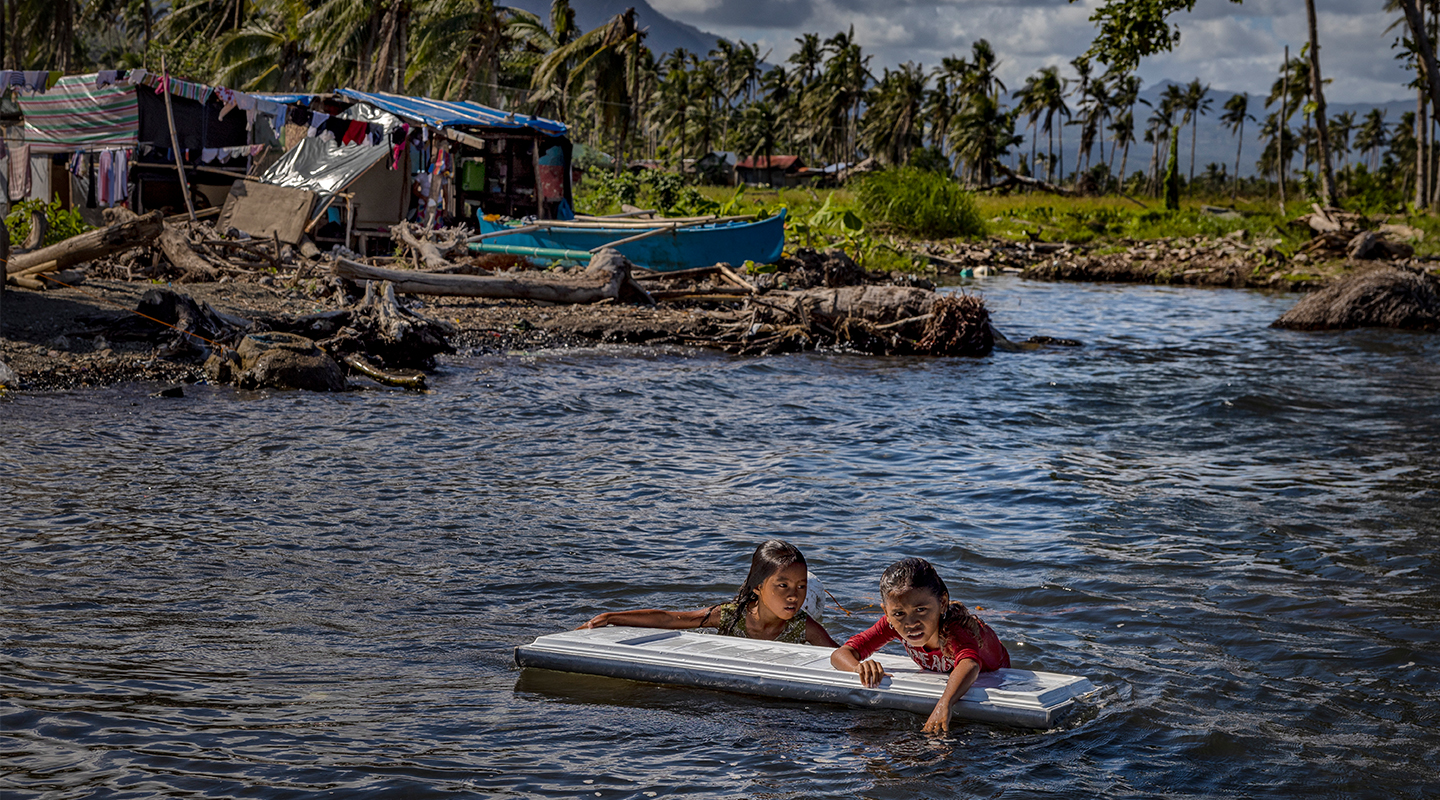
The climate crisis is not gender neutral.
Climate change has a disproportionate impact on women and girls, and gender inequality is at the heart of the matter. During extreme weather events, women face spikes in violence, maternal deaths, displacement and poverty, and they are often the last to get adequate food. Their humanitarian needs, including access to contraception and safe births, are often overlooked in response plans. Their vulnerabilities to gender-based violence are heightened.
There is much to be done. In a global first, UNFPA in collaboration with Queen Mary University of London examined the climate plans of 119 countries to see how well they integrated the sexual and reproductive health and rights of women and girls in their goals to adapt to the impacts of climate change – and found that only a third included these rights in their crucial climate plans.
This raises a serious question:
Who will be there for women and girls as the climate crisis worsens?
As we mark the 28th Conference of the Parties to the United Nations Framework Convention on Climate Change, or COP28, this year, here are five things women and girls are demanding.
1. To combat the disproportionate impact of climate change on the health and rights of women and girls, we need more laws and policies that meet their specific needs.
When women cannot access family-planning services or make informed choices about their bodies because a climate crisis has left them unable to obtain health care, or has forced them into survival sex, trafficking or other forms of abuse, they are pushed to the margins of society, unable to make decisions about their communities, their families, their lives.
Indeed, the climate crisis is widening gender disparities, making the goal of gender equality – a key goal among the Sustainable Development Goals – harder to achieve.
We must strengthen health systems so they are climate-resilient and ensure that services are more mobile, supplies are pre-positioned, and adequate staff is in place for women and girls. We need to collect more and better data on how the climate emergency is impacting women and girls, so we can support people who need it most. And we must make sure that women and young people are at the table to help define and deliver sustainable climate solutions that work for them.
After all, they best know their needs and how to meet them. For instance, in Trinidad and Tobago, where climate change has caused extreme dry weather, the water supply has been compromised, impairing reproductive health, says Akilah Jaramogi, a leader of the Fondes Amandes Community Reforestation Project. The crisis has also forced women to spend more time and energy collecting water – and sometimes, fighting wildfires on their own to protect their families. These women need to be at the table.
2. Climate change is increasing the risk of preventable deaths of women during pregnancy and childbirth. We need to end these deaths now.
Safe birthing services for pregnant women are often unavailable amid extreme climate events because hospitals have buckled or are simply too far away for displaced women.
Climate and humanitarian crises are making health systems even more fragile – one of many factors halting progress in reducing maternal mortality. Rising temperatures and climate change are linked to increased risks of pregnancy complications, including stillbirth, gestational diabetes, hypertensive disorders, preterm birth and low birth weight.
As the global climate emergency intensifies, the situation will only worsen. Communities, social sectors, private-sector actors and governments all need to come together to protect maternal, newborn and child health. Wealthy countries must urgently provide more financial and technical support to vulnerable countries. There is no climate justice without gender justice, and there can be no gender justice without upholding sexual and reproductive health and rights.
There is no climate justice without gender justice, and there can be no gender justice without upholding sexual and reproductive health and rights.


3. Countries must include sexual and reproductive health in their climate action and response plans.
If climate plans ignore the needs of women and girls, there will be more unintended pregnancies, more maternal deaths, more child marriage. The increasing limits on the health and potential of women and girls will push gender equality and sustainable development goals further out of reach.
Sexual and reproductive health enables people, couples and communities to realize their human rights, to make empowered choices that best suit their personal circumstances and to protect themselves and their communities from harm – which also makes them more adaptive and resilient to climate change.
UNFPA is ready to support countries in drafting climate plans that incorporate sexual and reproductive health and rights.
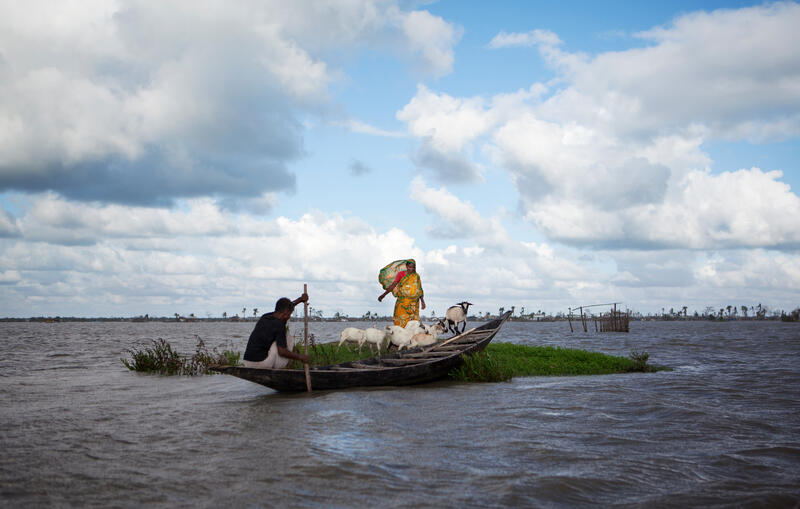
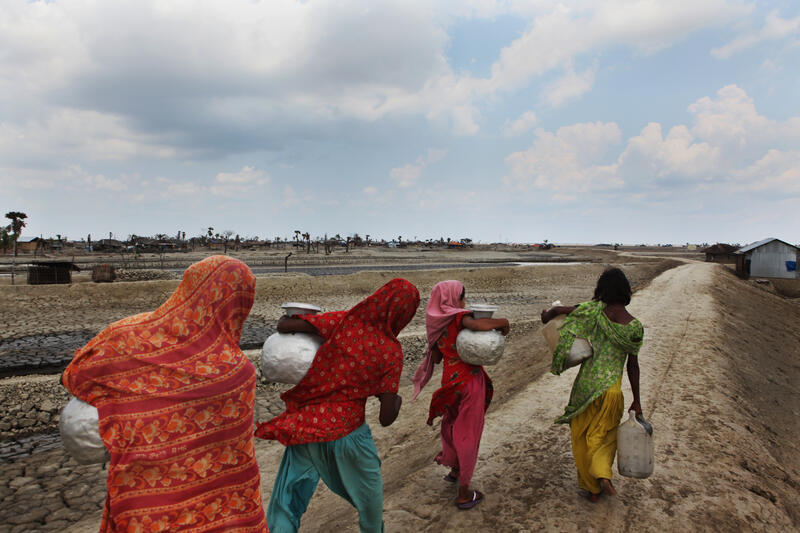
4. To build climate resilience and leave no one behind, women and girls in the poorest, most at-risk countries must be prioritized in climate action and response plans.
Drought, storms, floods, wildfires and extreme temperatures are becoming more prolonged, more intense and more frequent. This is causing mass displacement, destroying people’s lives and livelihoods, and leading to the collapse of health, education, protection and agricultural systems. Women and girls are paying a heavy price on all fronts, including in regard to their sexual and reproductive rights.
The latest research from UNFPA shows that of the 14 countries most vulnerable to climate change:
- 6 are among the top 10 countries with the highest maternal death rates.
- 5 are among the top 10 with the highest adolescent birth rates.
- 7 are among the top 10 with the worst child marriage rates.
- 4 are among the top 10 with the highest rates of intimate partner violence.
Women and girls in the poorest countries have contributed the least to the climate crisis, yet they are impacted the most. This must change.
5. Global leaders need to significantly increase climate financing, specifically for the sexual and reproductive health and rights of women and girls.
Climate finance must be used to build health and protection systems so that women and girls do not fall further behind. Is that too much to ask for our sisters, mothers and daughters around the world?
The COP28 climate summit includes the first-ever Health Day on 3 December, which aims to show how the health of people and the planet are linked. Leaders must seize the day to commit to prioritizing the needs of women and girls, and to back up the commitment with significant funding. The voices, experiences, knowledge and expertise of women and young people are critical to achieving progress.
“We must keep pushing decision makers and hold them accountable,” says Jekulin Lipi Saikia, a young climate leader working with women on flood preparedness in India. To that end, she says, “I do not make enemies, but make partners and friends.” That’s what climate justice looks like.

